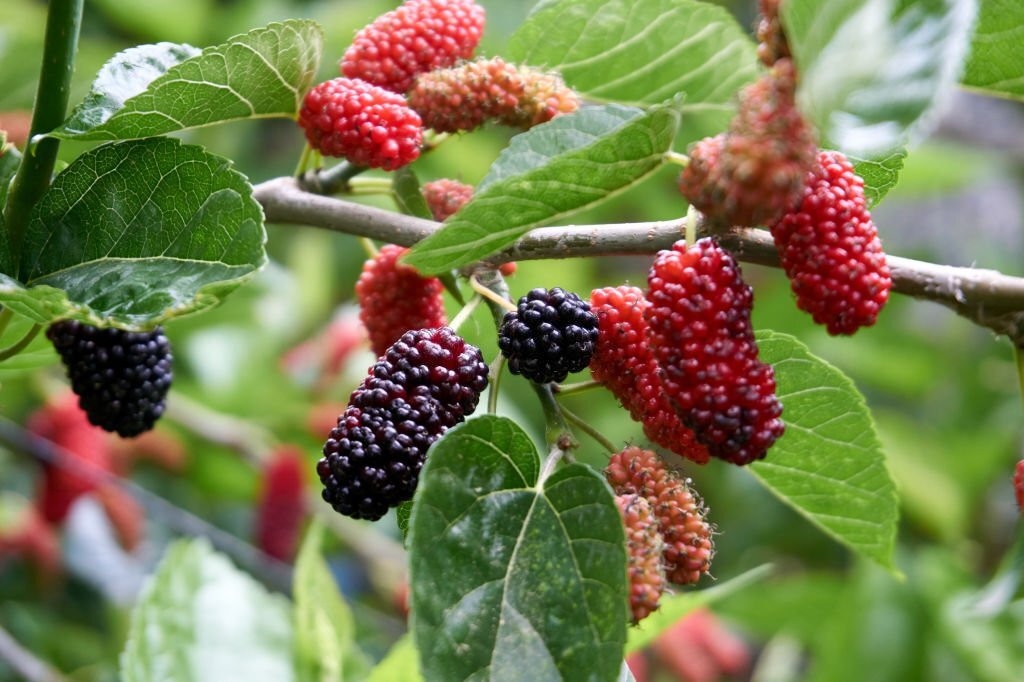
Imagine you have a cozy, warm blanket that you love to wrap yourself in. Now, let's say that blanket is made of silk. But how do you get silk from a cocoon to create a blanket or any other fabric? So, silk is a fiber that comes from the cocoons of silkworms.
What is a cocoon?

A cocoon is a protective covering that certain insects, such as silkworms, spin around themselves while they undergo metamorphosis. Inside the cocoon, the insect undergoes a transformation, such as changing from a larva to an adult. In the case of silkworms, the cocoon is used to produce silk, a valuable and versatile material used in clothing and other textiles.
There are two broad categories of silk
Wild silk and cultivated silk; Wild silk is harvested from the cocoons of moths that are allowed to naturally emerge from the cocoon, while cultivated silk is harvested from cocoons that are carefully managed to preserve the long, continuous filaments.
To give you an analogy, think of it like two different types of gardens. Cultivated silk is like a well-manicured garden that is carefully tended to produce the best plants and flowers. Wild silk, on the other hand, is like a natural, wildflower meadow. Both have their own unique beauty and qualities, but they are managed and harvested in different ways.
Reeling
Now once we have the cocoon, the next step to create silk is reeling. Reeling is the process of unwinding silk filaments from a cocoon to create a continuous strand of silk. It's like unwinding a roll of tape, except that instead of tape, you're working with silk threads that are incredibly thin and delicate.

When it comes to the reeling process, cultivated silk requires careful unraveling of the cocoon to produce long, continuous fibers. It's like carefully unraveling a ball of yarn to get one long strand. Wild silk, on the other hand, is harvested by cutting open the cocoon to retrieve the shorter, broken fibers. It's like taking a pair of scissors and snipping off pieces of yarn from a ball instead of unraveling it.
This difference in reeling methods can affect the quality and characteristics of the silk produced. Cultivated silk tends to have longer, smoother filaments and is considered more luxurious, while wild silk may have a rougher texture and shorter fibers.
Now once we these silk filaments, these are twisted together to create a stronger yarn that can be woven into fabric. The reeling process is delicate and requires a lot of skill and attention to detail. It's a lot like knitting or crocheting, but instead of working with yarn, you're working with silk filaments.

As we discussed earlier, that we have two types of silk. We can further subdivide those wild and cultivated silks into below 4 categories:
- Mulberry silk: Silk produced by domesticated silkworms fed only on mulberry leaves
- Tasar silk: Wild silk produced by silkworms feeding on trees like oak, arjun, and sal. This is cheaper then mulberry.
- Muga silk: Wild silk produced by silkworms feeding only on leaves of the som and sualu trees. This one is golden in color and used in sarees.
- Eri silk: Silk produced by domesticated silkworms feeding on castor leaves. It's cheap and used mainly in sweaters and shawls.
Physical characteristics of different silk types
But here's the thing: different silk filaments from these silks have different physical characteristics such as length, fineness, and density. Knowing the length of the silk filament is important for the reeling process.
Can you guess how much silk can be extracted from a single strand? Well, let me tell you that it varies greatly depending on the type of silk. Nonbreaking filament length (NBFL) is the length of silk filament that is present continuously in the cocoon. The longer the NBFL, the more continuous silk can be extracted from the cocoon.

For example, the highest NBFL values per category are found in Mulberry silk, which can provide a continuous silk filament of 700-800 meters! On the other hand, Eri silk has the lowest NBFL value of 0.05-2.0 meters, which means that it cannot provide a continuous silk filament of more than a few meters. So, if you want to make a silk fabric without any seams or interruptions, you would need a much larger number of Eri cocoons as compared to Mulberry cocoons. The length of continuous silk filament that can be obtained from a single strand of silk is truly fascinating!
When we talk about the fineness of silk fibers, we use a unit of measurement called denier. Denier is a way to express the weight of silk fibers in grams per 9 kilometers of fiber length. This helps us understand just how fine or thick the fibers are.
Graph of fiber density of different silk types
Based on the data, it turns out that Mulberry silk is the champion when it comes to quality. It has the highest fiber fineness and density among all the silk types, which makes it the best performer. Eri silk, Oak Tasar silk, Muga silk, and Tasar silk are the runners-up in decreasing order of quality.
Out of all these, Tasar silk has the coarsest fibers and the lowest fiber density. To put things in perspective, Mulberry silk is much better than Tasar silk in terms of both fiber fineness and density. This is exactly the reason why all products sold on SilkSouq.com are made of Mulberry silk.
It's really fascinating to learn about the different characteristics of silk and how much work goes into producing this luxurious fabric. Don't you think so?






Leave a comment
All comments are moderated before being published.
This site is protected by hCaptcha and the hCaptcha Privacy Policy and Terms of Service apply.